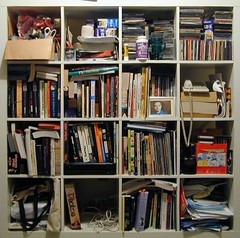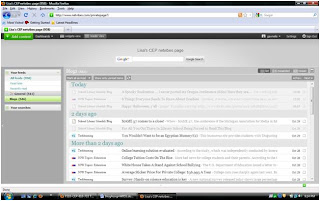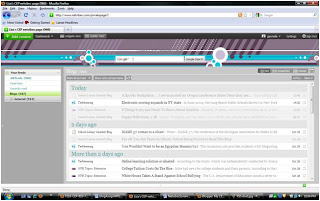I have always been a combination of a visual learner and kinesthetic learner. Simply hearing information has never been enough for me to remember it.
During high school or college lectures, I always needed something to look at while I listened- either a Powerpoint presentation, demonstration, or at least my own notes. I’ve always had a really hard time staying focused when I am supposed to just sit and listen without anything visual to focus on.
The best way for me to learn something is to actually do it. It helps for me to follow written directions, rather than oral directions, so that I can go back and double-check my steps to be sure I am following directions correctly. I need directions to be in logical order and presented in small steps.
The things I remember the most are when I am involved in creating something. Even though I would generally prefer to work alone rather than in a group, I enjoy having a final product, whether it is a summary, poster, picture, diorama, or any other display of learning.
Since so many kids have so many different learning styles, teachers need to find ways to incorporate at least two different styles into each lesson and make sure that they vary the learning styles they are focusing on. Instead of just lecturing, teachers can talk while they draw or display diagrams on a smartboard. Rather than only having students read, teachers can then have students listen to an audio file, act out, or draw a picture of what they learned.
In elementary classrooms, teachers are lucky enough to get to know their students and their learning styles. Because of this, teachers of younger students should think about which students are most likely to struggle with each concept and try to teach to the learning styles of those students for those lessons.


